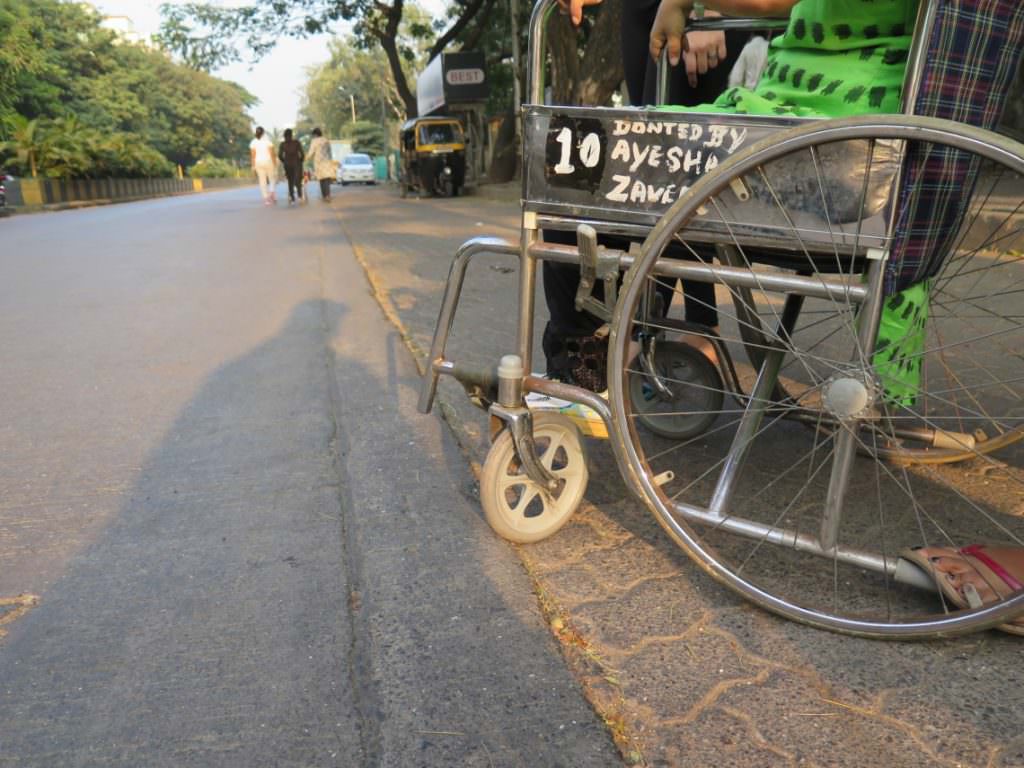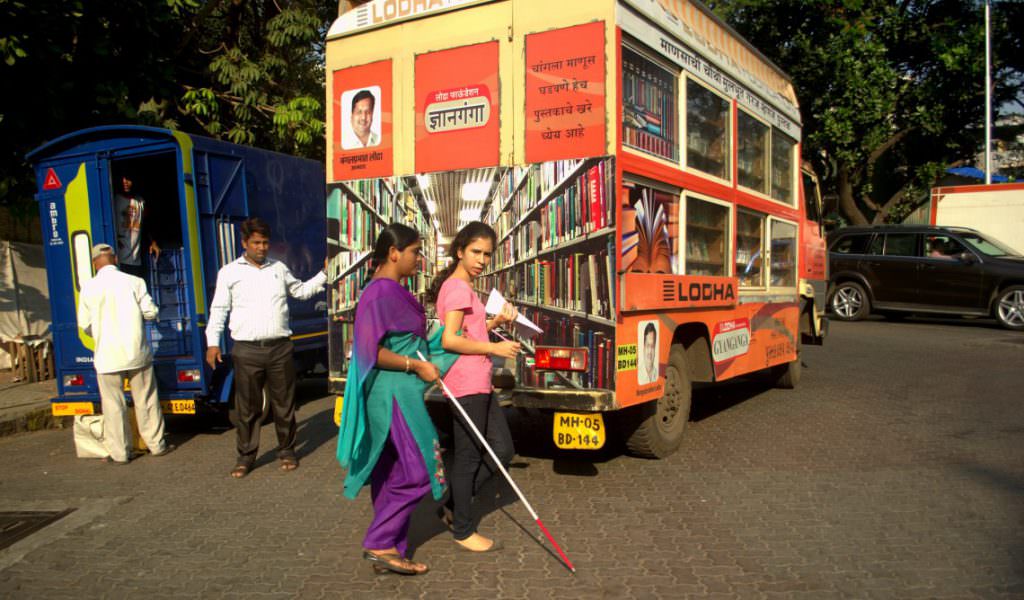It has been rightly pointed out by Psomopoulos that, “Many urban plans cater to a fictitious model of the human being—exclusively for a man (not a woman) in the prime of life, and at the peak of his physical fitness”. To put this differently, most of the cities have been designed for young individuals who have an ideal physique that few humans can ever hope to have.
Movement is a basic human right, and urban areas are expected to be designed and well equipped for all. Appropriate designing of cities does not only impact movement of people but also their access to infrastructural amenities. Mobility, thus, has to be the focal point in urban planning to improve the quality of life of its citizens.

Image Credit: Sexuality and Disability
But do we find our urban areas and cities designed for the free movement of persons with disabilities? Being a woman with disability, I have often faced various barriers and roadblocks while trying to access essential services like banking, healthcare and transportation. Persons with disabilities like me are made to confront the rigors of such an unaccommodating environment where accessible washrooms are a matter of luxury.
There are problems embodied in the built environment. Shopping areas and places of entertainment provide limited or no accessibility. Schools and educational institutions are almost out of reach. There are negligible number of auditoriums and meeting halls that have amplification devices for hearing-impaired members of the audience, most modern lifts with digital keypad do not have Braille symbols.
Persons with disabilities like me are made to confront the rigors of unaccommodating environments where accessible washrooms are a matter of luxury.
Wheelchair users are often blocked by flight of stairs everywhere as there is no physical verification of the infrastructure at places such as courts, police stations, post offices, etc. Low employment status among disabled has been mainly the consequence of lack of disabled friendly transportation system.
Fundamentally all the aspects of constructed structures are designed and established by governmental policies. There are statutes, ordinances and codes that are the determining factors in architectural and spatial contouring. Only the government regulations allow them to be constructed in that manner.
The stairs that people climb, the stretches they travel on foot, and the communications they receive are not decided by natural law. Instead, they are the result of deliberate decisions that are taken by policymakers about the form and structure of the built environment. Public policies reflect pervasive attitudes of the society and vice versa.
Disabled women and men have experienced same forms of social labeling, stereotyping and stigmatizing that have been imposed upon other minorities.
Also Read: ‘Inspiration Porn’ And Deconstructing The ‘Disabled People Are So Inspiring’ Stereotype
On the other hand, we can easily observe that social behaviour is forged by the kind of environment around us. The layout of the urban areas can play a significant role in altering attitudes and behaviour. Public policies have caused architectural and other configurations to bolster disconnect and segregation against the disabled.
Being a disabled individual, I have always felt that the social reactions I receive from others are of far greater significance than the limitations related to my disability. There have always been implicit signs of paternalism brought out by the presence of disability in everyday life, that a disabled person generally finds more distressing and restrictive than the functional impairments. Separation from the mainstream creates a feeling of isolation and being left out.

Image Credit: Sexuality and Disability
Persons with disabilities are more affected by the views formed of them by others. The attitudinal barriers form greater obstacles for them. Though well within the reach, little attention has been given to the prospect of designing a city in which all residents, regardless of their bodily capacities, would be given an equal opportunity to lead a satisfactory and fulfilling life.
An accommodating and universally designed environment boosts interaction between non-disabled and visibly disabled members of the community, at similar levels of socioeconomic status. All this has the potential to erode insensitive and apathetic perceptions regarding disability. Modification of the environment has the power to modify human conduct.
Public policies reflect pervasive attitudes of the society and vice versa.
Architects and planners are either unaware and ignorant of the potential impact of their work upon public perception of disabled citizens, or there are serious limitations of imagination which is far more disabling than physical impairments. This can be expedited by extensive restructuring of structural configurations that would widen rather than snap the connections between visibly disabled and non-disabled persons.
Disability rights movement needs the support of architects and planners, who can show their capability by extending equal rights to thousands of people and can also promote progress in human understanding.

Image Credit: Sexuality and Disability
Built environment must be adapted to accommodate a broad range of human abilities and disabilities. Such an urban environment may appear to be a Utopian vision or a theoretical possibility by many. But in reality, it is an objective that governments and civil society must strive to achieve for full participation and self-determination of all- including people who might presently consider themselves to be non-disabled.
A free society that uses artificial obstacles to prevent comparatively powerless groups such as disabled citizens from progressing, cannot sustain indefinitely. Prioritizing the collective needs over the individual, even the people in the most vulnerable conditions, would mark the beginning of an era of inclusive planning.
Also Read: #WhyTaxDisability: GST Increases Tax On Disability Aids And Appliances
Featured Image Credit: Sexuality and Disability
About the author(s)
A writer, a counsellor, a teacher, a social worker, a motivational speaker and an activist, Abha Khetarpal, is a National Awardee and one of the 100 Women Achievers in India. She has surfaced in Women Of Pure Wonder, a Coffee Table Book by Vodafone and also honoured with Woman of Substance Award. She works for persons with disabilities. Being a woman with disability her major focus remains on women with disabilities for whom she has authored manuals like ‘Keeping You Abreast; A handbook on breast cancer self examination’ and ‘Going with the Flow; Handbook on Menstrual Management & Hygiene’.




